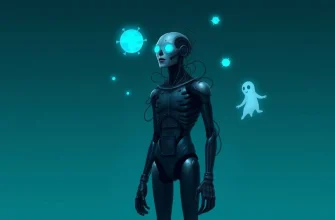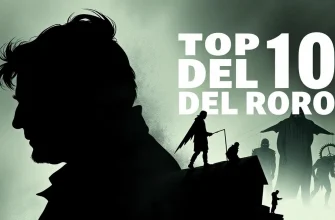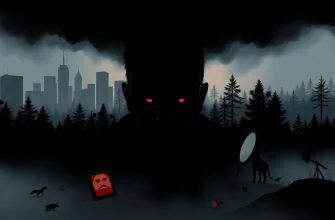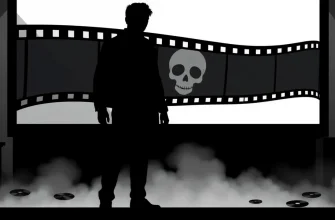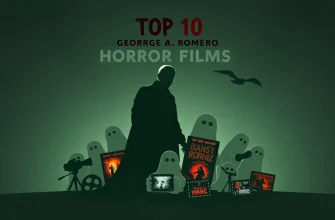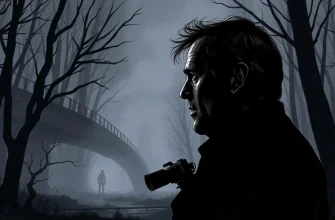Lucio Fulci, often dubbed the "Godfather of Gore," has left an indelible mark on the horror genre with his visceral, often surreal, and always shocking films. This collection showcases ten of his most iconic works, each a journey into the dark recesses of human fear and the supernatural. From the eerie depths of the ocean to the haunted halls of ancient castles, Fulci's films are a masterclass in horror cinema, offering a blend of gore, atmosphere, and psychological terror that continues to captivate and disturb audiences worldwide.
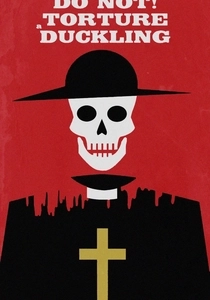
Don't Torture a Duckling (1972)
Description: This film delves into the dark side of a small Italian village where children are being murdered, mixing horror with social commentary on superstition and religion.
Fact: It was one of the first films to openly criticize the Catholic Church, leading to some controversy upon its release.
 Watch Now
Watch Now 
The Psychic (1977)
Description: A woman with psychic abilities uncovers a murder through visions, leading her into a web of deceit and horror. This film showcases Fulci's ability to weave psychological horror with traditional elements.
Fact: The film was a departure from Fulci's usual gore, focusing more on suspense and mystery.
 Watch Now
Watch Now 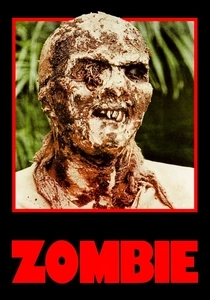
Zombie Flesh Eaters (1979)
Description: Often considered Fulci's most famous work, "Zombie Flesh Eaters" is a gory tribute to George A. Romero's "Dawn of the Dead." It features some of the most iconic zombie scenes in horror cinema, including the infamous eye-gouging scene.
Fact: The film was banned in several countries due to its graphic violence. It was also released in the U.S. as "Zombie" to capitalize on the success of "Dawn of the Dead."
 Watch Now
Watch Now 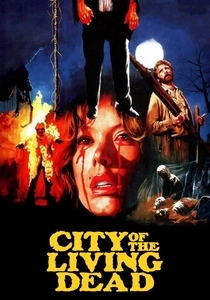
City of the Living Dead (1980)
Description: This film follows a psychic and a journalist as they attempt to close the gates of hell in a small town, featuring some of Fulci's most memorable and grotesque scenes.
Fact: The film's plot was inspired by the real-life story of a priest who committed suicide in a cemetery, leading to rumors of the dead rising.
 Watch Now
Watch Now 
The Beyond (1981)
Description: A surreal and nightmarish journey into the unknown, "The Beyond" blends supernatural horror with Fulci's signature gore, set in a haunted hotel that serves as a gateway to hell.
Fact: The film's ending was famously left ambiguous, with Fulci stating that the film has no beginning or end, reflecting the eternal nature of hell.
 Watch Now
Watch Now 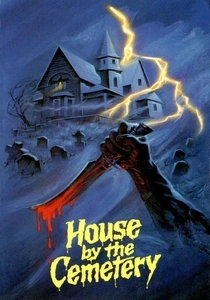
The House by the Cemetery (1981)
Description: A family moves into a haunted house with a dark history, leading to encounters with a malevolent spirit. This film is known for its chilling atmosphere and Fulci's unique blend of horror elements.
Fact: The film was shot in the same house used for "The Beyond," creating a continuity of eerie settings in Fulci's work.
 Watch Now
Watch Now 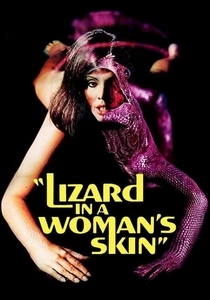
A Lizard in a Woman's Skin (1971)
Description: A psychological thriller with elements of giallo, this film explores themes of repressed sexuality and murder, featuring dream sequences that blur the line between reality and nightmare.
Fact: The film was one of Fulci's early forays into horror, showcasing his ability to craft suspense and horror from psychological tension.
 30 Days Free
30 Days Free 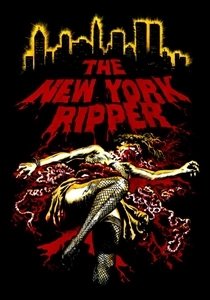
The New York Ripper (1982)
Description: A slasher film set in New York, where a killer with a duck-like voice terrorizes the city. It's one of Fulci's most controversial films due to its graphic violence and misogynistic themes.
Fact: The film was heavily censored in many countries, and its release was met with significant backlash.
 30 Days Free
30 Days Free 
The Black Cat (1981)
Description: Inspired by Edgar Allan Poe's story, this film follows a photographer who becomes obsessed with a black cat, leading to a descent into madness and supernatural horror.
Fact: The film features a rare appearance by Patrick Magee, known for his work with Stanley Kubrick.
 30 Days Free
30 Days Free 
Manhattan Baby (1982)
Description: A family's trip to Egypt leads to their daughter being possessed by an ancient spirit, blending supernatural horror with Fulci's typical gore.
Fact: The film was one of Fulci's last major horror works before his shift to other genres.
 30 Days Free
30 Days Free 


